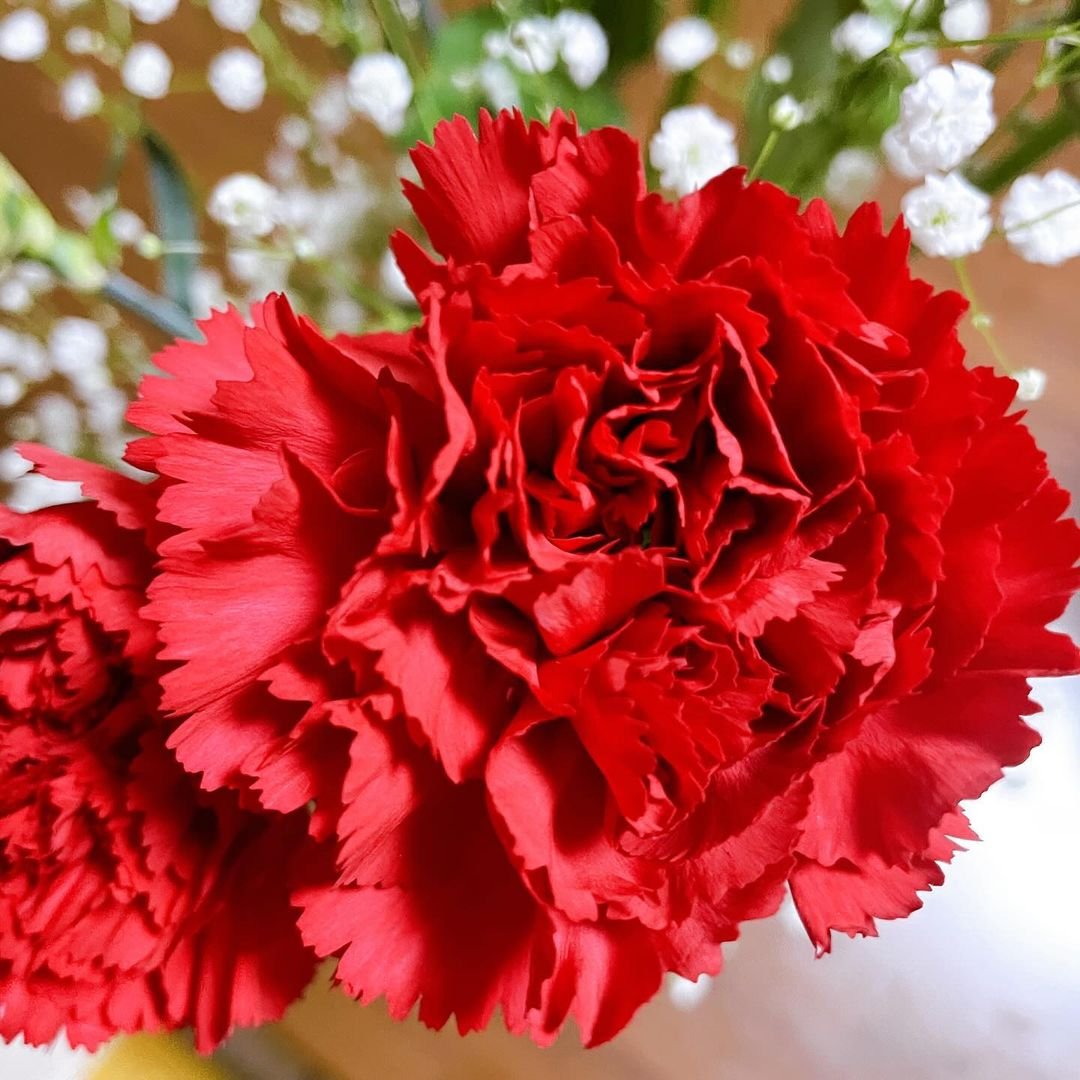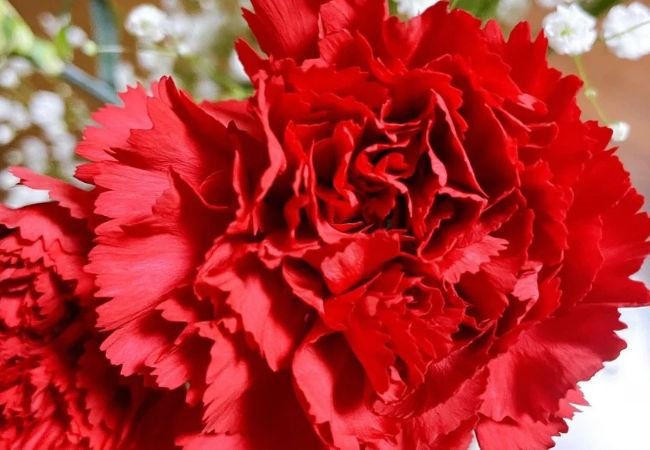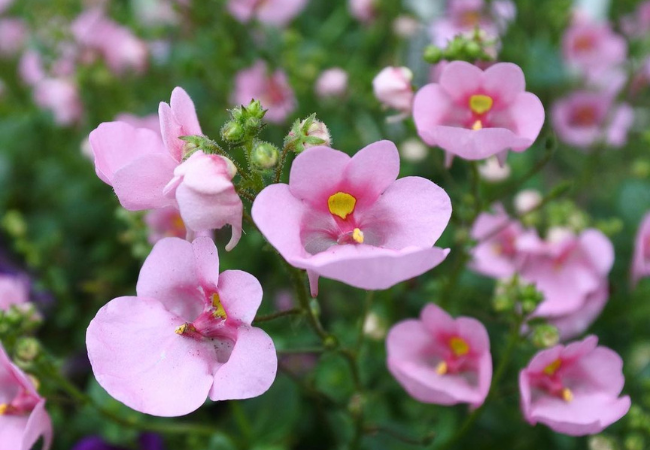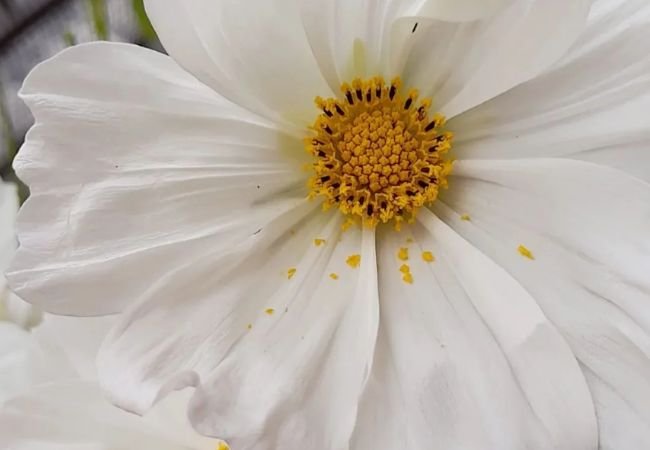Discover carnations flowers—their meaning, symbolism, prices, and how to grow them. Expert tips from Ashley Scott, a seasoned gardener.
Hi there! I’m Ashley Scott, a gardener with 10 years of experience, and I’m thrilled to share my love for carnations flowers with you. Whether you’re curious about their symbolism, wondering how to grow them, or looking for the perfect bouquet, this article has you covered. As someone who’s tended these vibrant blooms in my own garden, I’ll answer your questions with practical tips and personal insights. Let’s dive into everything you need to know about carnations flowers, optimized for easy reading and search engines alike! For more gardening advice, check out my website at USA Garden Hub.
What Are Carnations Flowers?

Carnations flowers, scientifically known as Dianthus caryophyllus, are timeless perennials native to the Mediterranean. With their fringed, ruffled petals and a sweet, spicy scent, they’ve been cherished for over 2,000 years. I’ve always adored how they come in a rainbow of colors—think white, pink, red, yellow, purple, and even green! There are three main types:
- Large-flowered carnations: One big, bold bloom per stem.
- Spray carnations: Multiple smaller flowers on a single stem, perfect as carnations filler flowers.
- Dwarf carnations: Compact plants ideal for borders or pots.
In my garden, I’ve grown all three, and each brings its own charm. Whether you’re planting them or using them in a carnation bouquet, their versatility is unmatched.
Carnation Flower Meaning and Symbolism
Wondering about the carnation flower meaning? These blooms carry deep symbolism that changes with their color. Here’s a breakdown based on my experience and the carnation flower language:
- White carnations flowers: Purity and luck. I often see them at weddings or as a sweet “good luck” gift.
- Pink carnation flower: A mother’s love. They’re a staple for Mother’s Day bouquets in my house!
- Red carnations: Deep love and admiration—perfect for romantic gestures.
- Yellow carnations flowers: Disappointment or rejection. I tend to avoid these unless the vibe calls for it.
- Purple carnations flowers: Capriciousness or unpredictability—fun for quirky arrangements.
- Green carnations flowers: Luck and festivity, especially around St. Patrick’s Day.
The carnation flower symbolism also shines in special moments. For instance, carnations funeral flowers often feature white blooms to honor remembrance. I once made a carnation flower arrangement for a friend’s memorial—it felt so meaningful.
For more on flower meanings, explore the American Horticultural Society.
How Much Do Carnations Flowers Cost?
Curious about carnation flower price per piece? Prices vary based on type, location, and season. Here’s what I’ve found:
- Single stems: $1–$3 at local florists or markets.
- Bulk (e.g., a dozen): $10–$25, great for events like weddings.
- Carnation flower plant price: Seeds cost $2–$5, while young plants run $5–$10.
Here’s a quick table to compare:
| Type | Price per Stem | Price per Dozen | Price per Plant |
|---|---|---|---|
| Standard Carnation | $1–$3 | $10–$20 | $5–$10 |
| Spray Carnation | $2–$4 | $15–$25 | N/A |
| Dwarf Carnation | N/A | N/A | $5–$10 |
For carnations flowers near me, check local florists, garden centers, or online shops with delivery. Prices for white carnation flower price or pink carnation flower might differ slightly due to demand. Growing your own is budget-friendly—I started with a $3 seed packet and had blooms all season!
How to Grow and Care for Carnation Flower Plants
Growing carnation flower plants is a joy, even for beginners. Here’s my go-to guide:
Planting Tips
- Soil: Well-draining with a pH of 6.0–7.0. I mix in compost for extra nutrients.
- Sunlight: Full sun (6+ hours daily). My carnations thrive in the sunniest spot of my yard.
- Spacing: 12–18 inches apart for good airflow.
Care Tips
- Watering: Keep soil moist but not soggy—once a week works for me unless it rains.
- Fertilizing: Use a balanced fertilizer every 4–6 weeks during growth.
- Pruning: Deadhead faded blooms to keep them flowering. I trim mine back in fall.
Starting from Seeds
- Sow indoors 8–10 weeks before the last frost.
- Use seed trays with light soil coverage.
- Transplant outdoors once frost is gone.
I remember my first batch of mini carnations flowers—watching those tiny seedlings turn into vibrant blooms was so rewarding! For more growing tips, see my article on How to Grow Flowers in Your Garden or check out University of Minnesota Extension.
Carnation Flower Arrangements and Bouquets
Carnations flowers bouquets are a favorite for their long vase life—up to two weeks! Here are some ideas I’ve tried:
- Mixed Bouquets: Pair white carnations flowers with roses for elegance.
- Funeral Arrangements: Carnations funeral flowers in white or soft pink convey sympathy beautifully.
- DIY Crafts: Carnations paper flowers mimic their ruffles—I made some for a party once!
- Creative Twists: Ever seen carnations lego flowers? They’re a fun gift idea.
For a friend’s wedding, I crafted a carnation flower arrangement with pink carnation flower and greenery—it was a hit! Learn more about arrangements at Florists’ Review.
Where to Find Carnations Flowers Near Me
Looking for carnations flowers near me? Try:
- Local Florists: Fresh stems and custom carnation bouquets.
- Garden Centers: Plants or seeds for DIY growing.
- Online: Sites like FTD deliver nationwide.
I often grab bunch of carnations flowers from my local market—supporting small businesses feels good!
FAQs About Carnations Flowers
What do carnations flowers symbolize?
Love, fascination, and distinction, with colors adding specific meanings.
How long do carnations flowers last in a vase?
Up to two weeks with fresh water and a trim every few days.
Can I grow carnation flower plants indoors?
Yes, in pots with plenty of sunlight—perfect for small spaces!
Conclusion
Carnations flowers are more than just pretty blooms—they’re packed with history, meaning, and gardening potential. Whether you’re planting carnation flower plants, crafting a carnation flower arrangement, or gifting a carnations flowers bouquet, they bring joy every time. I hope my tips inspire you to explore these beauties. For more, visit USA Garden Hub or dive into resources like Missouri Botanical Garden.
Happy gardening!







2 Comments on “Carnations Flowers: Your Complete Guide to Beauty and Meaning”